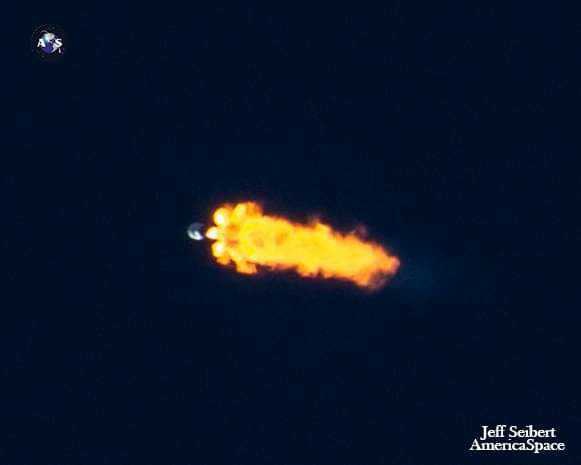
SpaceX will wait until Wednesday, 20 January, to fly its first eight-times-used Falcon 9 core, achieve the shortest launch-to-launch turnaround of any orbital-class booster and deliver its 1,000th Starlink internet communications satellite into low-Earth orbit. Previously scheduled for Monday, then Tuesday, the Hawthorne, Calif.-headquartered launch services provider announced last night that “additional time for pre-launch inspections” had conspired to this latest postponement of its second mission of 2021.
Launch is targeted from historic Pad 39A at the Kennedy Space Center (KSC) in Florida, with a touchdown anticipated on the Autonomous Spaceport Drone Ship (ASDS), “Just Read the Instructions”.
Weather conditions are expected to be around 90-percent-favorable for Wednesday’s launch attempt. “High pressure continues to dominate the area on Wednesday,” noted the 45th Weather Squadron at Patrick Space Force Base in its Monday update. “Winds will continue to be light shifting to the northwest and upper-level winds begin to increase slightly as the jet dips further into the southeastern states.
“Moisture slightly increases over the Spaceport Wednesday morning, increasing the potential for low-topped cumulus clouds to develop,” it added. “This will cause the primary concern to remain the Cumulus Cloud Rule for a Wednesday launch attempt.”
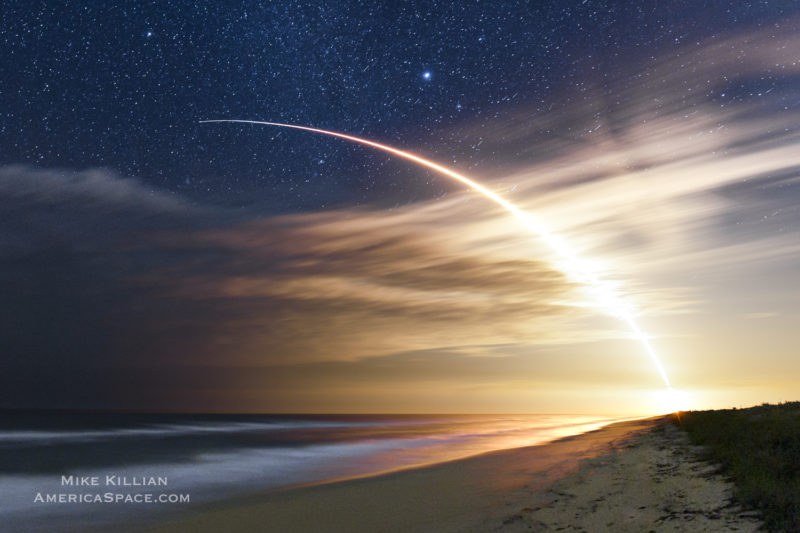
Less than three weeks into the New Year—and with the successful 7 January launch of the high-powered Türksat 5A communications satellite already under its belt—SpaceX is gearing up for an ambitious dozen months, which it expects will include as many as 48 missions. This is expected to include at least two flights by the mammoth, triple-barreled Falcon Heavy and two crew-carrying Dragons to the International Space Station (ISS). Yet it could hardly be imagined that SpaceX would already be poised to bound out of the starting-gate to set a raft of personal-best records for its venerable fleet.
After all, 2020—despite the traumatic impact of the COVID-19 coronavirus pandemic, the ravages of Mother Nature in the form of multiple Atlantic hurricanes and several agonizing technical issues—proved the most productive year to date for the Hawthorne, Calif.-headquartered launch services organization. Eleven Falcon 9 cores supported a phenomenal 26 missions and saw individual boosters fly fifth, sixth and seventh voyages with record-breaking turnaround times.
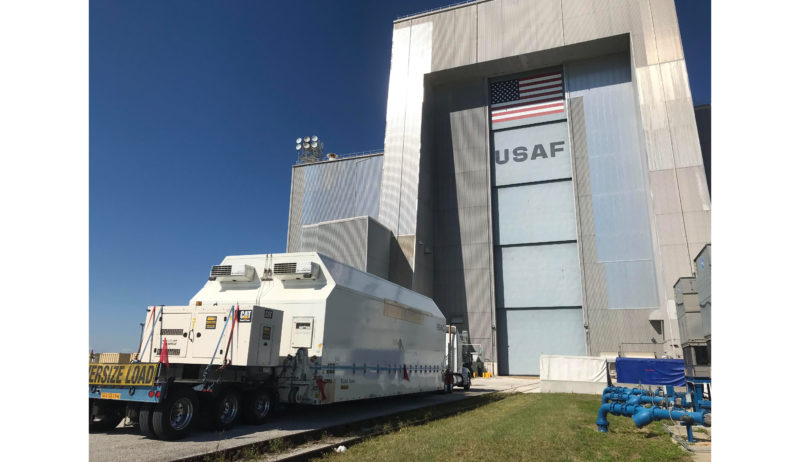
Those missions included the emplacement of 833 Starlink birds into orbit, two Block III Global Positioning System (GPS) satellites for the U.S. Space Force, a classified payload for the National Reconnaissance Office and two pairs of Cargo and Crew Dragon ships, including the first launch of U.S. astronauts, aboard a U.S. rocket, and from U.S. soil, since the end of the Space Shuttle Program.
The booster gearing up for Wednesday’s planned 8:02 a.m. EST launch is tailnumbered “B1051” and is set to become the first Falcon 9 core to log an eighth flight. First flown in March 2019 to deliver an unpiloted Crew Dragon vehicle to the International Space Station (ISS) for the critical Demo-1 mission in support of the Commercial Crew Program, it went on to loft Canada’s three-spacecraft Radarsat Constellation Mission (RCM) the following June. Those first two missions saw B1051 fly from Pad 39A at the Kennedy Space Center (KSC) in Florida and Space Launch Complex (SLC)-4E at Vandenberg Air Force Base, Calif.
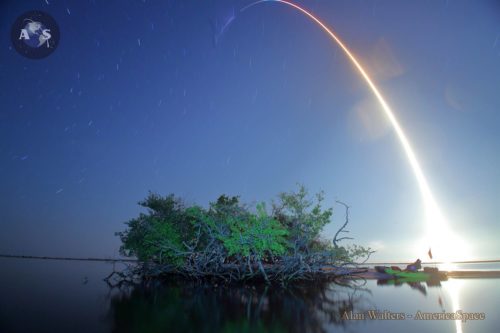
Following her stint on the West Coast, she returned to the East Coast to fly no less than five missions between January and December 2020, delivering four batches of Starlinks— totaling 237 of these flat-packed birds—and SiriusXM’s SXM-7 high-powered radio broadcasting satellite aloft. In doing so, B1051 became the first Falcon 9 booster to launch four times and five times in a single calendar year. She also earned an additional accolade on her April 2020 Starlink mission by eclipsing the United Launch Alliance (ULA) Atlas V as the most-flown active operational U.S. launch vehicle.
Counting her most recent flight just last month, B1051 has completed six ASDS landings—alighting five times on “Of Course I Still Love You” and once on “Just Read the Instructions”—and a single solid-ground touchdown on Landing Zone (LZ)-4 at Vandenberg. Having flown her most recent trek to deploy SXM-7 on 13 December, an on-time launch tomorrow will create a new empirical record of just under 37 days between two missions by the same Falcon 9 first stage core.
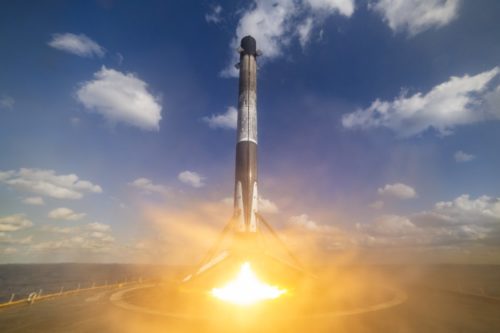
If achieved, that will soundly surpass B1051’s frequent-flying sister B1058, which recorded 51 days—and broke a turnaround record which extended right back to the pre-Challenger shuttle era—between two missions last summer. Original plans called for the mission to fly on Monday morning, but SpaceX opted for a 24-hour postponement.
“Due to unfavorable weather conditions in the recovery area,” it noted in a Sunday evening update, “now targeting Tuesday, 19 January, at 8:23 a.m. EST for launch of Starlink.” Another postponement was announced late Monday. “To allow additional time for pre-launch inspections,” SpaceX reported, “now targeting Wednesday, 20 January, at 8:02 a.m. EST for launch of Starlink.”
Laden with a 60-strong “batch” of Starlinks (all fitted with “VisorSat” optical-darkening technology to limit their visibility in the night sky and corresponding impact upon ground-based astronomy), tomorrow’s launch—literally—will catapult B1051 into second place behind her frequently-flown sister B1049 for the highest number of these flat-packed internet communications satellites placed into orbit by a Falcon 9 core.
B1049 lifted 298 Starlinks on five missions between May 2019 and last November, with B1051 expected to sit just one place behind with a highly respectable 297 Starlinks after tomorrow’s launch. Add to that list the historic flight of Demo-1, the RCM triplets and a pair of imaging satellites for Spaceflight Industries, Inc., and B1051 has launched more than three hundred primary payloads into space in less than two years. And with a total of 953 production-design Starlinks having already been orbited in less than two years, tomorrow’s 60-strong batch will push through the magical number of 1,000 as SpaceX aims to put thousands of these tiny satellites into space by the middle of the current decade.





